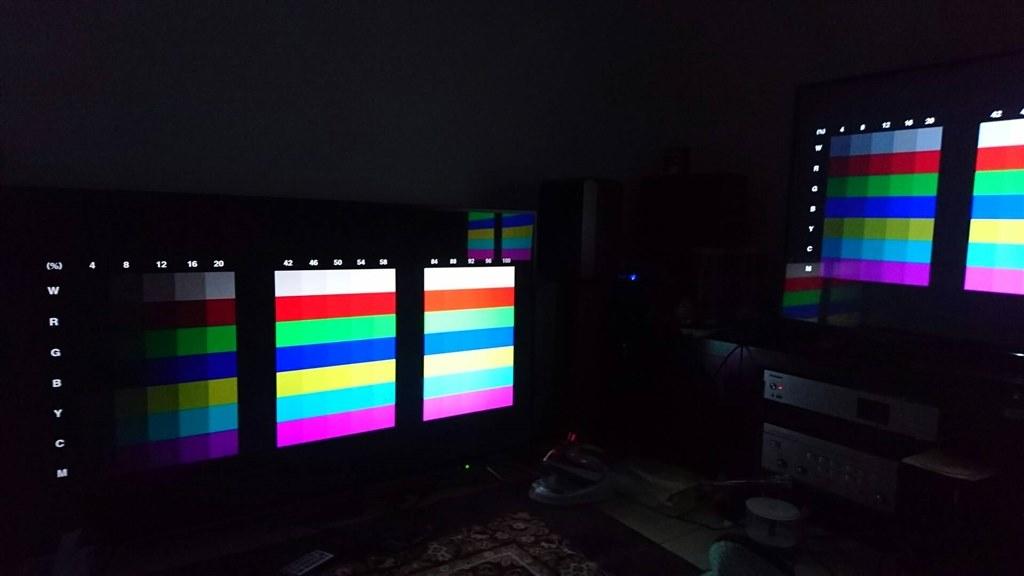
Speaking of laptop displays, around 13 inches is common. Since you want to see the photos on a larger screen, have you ever been connected on a 50 -inch LCD TV and an HDMI cable, but have a significant difference from the impression when you saw it on a laptop? When you reflect the PC screen on the TV ... the color is different? The main causes are the "color temperature" of PCs and TV. Roughly speaking, the higher the color temperature, the higher the bluishness, so if you look at the same photo on a TV that usually has a higher color temperature than a personal computer, you will feel blue overall. In a personal computer, the standard color space "SRGB" is used as a standard regardless of whether it is a desktop type or notebook type. The brightness of the display device is represented by "K" (Kelvin), which means absolute temperature, and the color temperature of SRGB is 6500k. Even if it is not specified as SRGB, many PCs are set to around 6500k. On the other hand, the color temperature of the TV is set higher than that of a personal computer for a historical background. It can not be said uniformly because it depends on the TV and settings used, and it depends greatly depending on the display settings on the PC side (the difference in the applied display profile), but when the color temperature of the TV is lowered, the impression when viewed on a personal computer. It seems that it often approaches. If the high -dynamic range (HDR) output is enabled in the PC display setting, the color and color temperature may change. In that case, let's disable the HDR restoration function on the TV side and turn off the HDR output on the PC side. Since the interpretation of the HDR signal and the SDR signal varies slightly depending on the product, it will eventually need to be manually adjusted.
Maritime ninja


